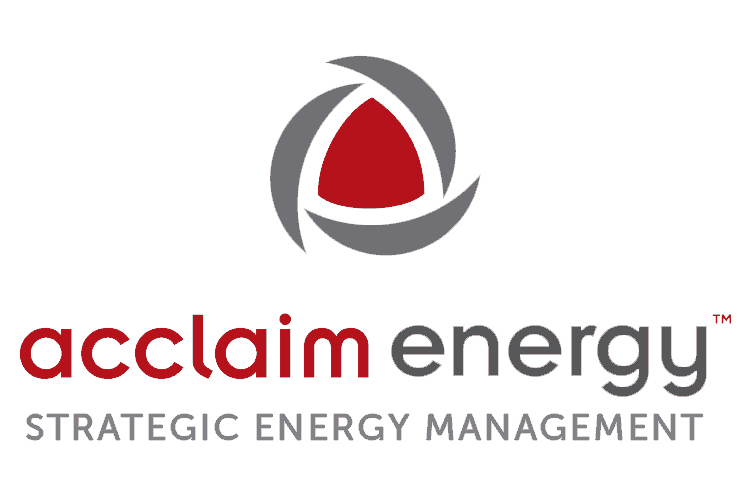Demand Side Management (DSM) – Incentives to Subsidize Your Energy Project

The energy industry’s numerous acronyms and nomenclatures can sometimes get lost in the shuffle due to constant change in the industry. The purpose of this article is to remind energy users that Demand Side Management (DSM) is still a viable, if not preferred method of saving energy and money.
However, what is DSM? DSM programs consist of planning, implementing, and monitoring activities of electric utilities which are designed to encourage consumers to modify their level and pattern of electricity usage. As a result, robust utility incentives exist to entice consumers to install and or upgrade equipment with a higher efficient version. The incentives can be significant and subsidize a project and provide wins for all involved. Simply put, (DSM) represents energy savings through efficient use or replacement of energy-consuming items.
I have often been asked by friends and relatives how to save energy and who has the best energy prices. My answer is always the same, no retail provider will always have the best energy prices, and that is because they always change based upon their forward view of the market. Besides the best way to save on energy is to use less energy or not use it at all which is (DSM’s) goal.
(DSM) origins have deep roots within public utility commissions. ERCOT’s (DSM) roots date back prior to deregulation and are built into SB 7 when the industry deregulated. On an annual basis, investor-owned utilities reload (DSM) program funds across the various industrial commercial, and residential programs. Once funds are exhausted for a program, one must wait until the following year to reapply. For example, funding for Oncor, CenterPoint, and AEP Texas were in the millions for each respectively for (DSM) programs 2021.
Reducing energy consumption at the macro level reduces the need to construct new electricity generation. A simple concept, but when you consider all the variables associated with energy savings behind the meter, it really hits home. The idea of higher efficient products is relatively simple to understand, as efficiency equals more savings, which is better for consumers. However, it is equally important for the health of our electrical grid and delays the need for building new electricity generation.
When electricity is generated, the electron journey begins at the busbar of a power plant or inverter at a renewable site, and it begins to denigrate due to friction at the onset of its journey. During this time, substantial losses occur. That means a unit of electricity at the source of generation dwindles down to a much lesser amount of electricity, by the time it reaches its intended use. This could be a 2 to 1 ratio or greater. That is 2 units at the source equals 1 unit at the sink. Think about how one feels when an exercise workout begins and when it ends. Your energy level is zapped towards the end. That is essentially what happens to electrons after they go through multiple voltage transformations and experience friction on the lines traveled.
Investor-owned utilities (IOUs), as well as some municipalities and cooperatives, offer programs for their consumers, but programs vary widely. IOUs have a much more regimented structure that is defined by SB 7 and involves annual filings with the PUC to justify the expenditures of DSM $$’s which are built into their rate bases. Remember, as a consumer you pay for it, so you might as well use it since there is typically a program from which any consumer can benefit. The goal of DSM programs is to transform markets by changing consumer behavior.
To utilize (DSM) incentives, consumers first need to be aware of the programs for which they may qualify. (DSM) incentives are not retroactive, so it is crucial to plan equipment replacements/upgrades after the application for incentives via the specific DSM program.
If you are considering an energy-efficient project or want to identify energy consumption habits and potentially reduce your energy footprint, contact one of the energy experts at Acclaim Energy and we can help.



